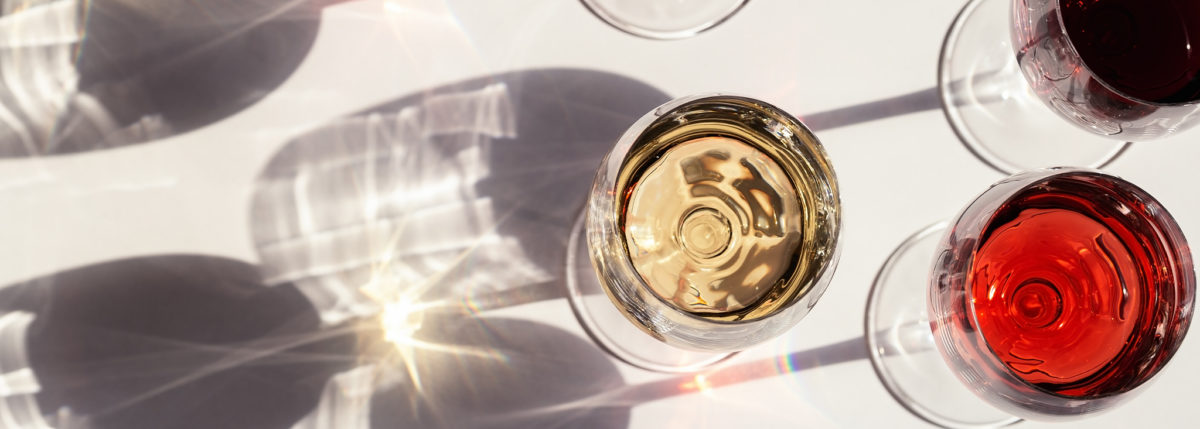Wine and Diabetes
Editor’s Note: This content has been verified by Marina Basina, MD, a clinical associate professor at Stanford University. She’s a clinical endocrinologist and researcher with a focus on diabetes management and diabetes technology. Dr. Basina is an active member of multiple medical advisory boards and community diabetes organizations, and she is on the Beyond Type 1 Science Advisory Council.
Wine is a popular choice of alcohol among adults. If you have type 1 or type 2 diabetes, you can drink wine, but you should be aware of the particulars of this alcohol and how it might affect your blood sugar. Always check with your doctor if you are healthy enough to consume alcohol.
The alcohol content of wine ranges from 12-15%, and therefore, the serving size for wine is a smaller 5 oz.
Most red wines have less than 5 grams of carbs per serving. However, one 3.5 oz serving of dessert wine clocks in at 14 grams of carbs.
Check out the Beyond Type 1 drinking carb chart.
Don’t drink on an empty stomach
Not only will the alcohol inebriate you faster, after an initial spike, it will yank your blood glucose levels (BGLs) down scary-fast. Having some carbohydrates in your stomach will prevent the kind of nosedive I experienced in Vernazza.
Hydrate
This is important for everyone, not just T1Ds. Drinking water—say, an 8oz. glass for every boozy drink—will dilute the alcohol in your bloodstream. If you’re drinking something sugary, like cheap white wine, the water will also help keep you from going too high.
Monitor BGLs closely
It might drive you high, it might drive you low: one way or another, alcohol is going to do funky stuff to your blood. To stay abreast of these changes, you should check your BGLs frequently.
Don’t be alone
Make sure you’re with somebody who can keep an eye on you, and make sure they know a thing or two about T1D. They should be able to identify the signs of hypoglycemia and know how to help you if you go too low.
Don’t overdo it
Alcohol is a neurotoxin, so handle it the way you’d handle a venomous snake, or not at all. Any kind of immoderation with alcohol is silly, and it’s thrice as bad for people with diabetes, who will have to deal with unpredictable BGLs while inebriated.
Wine has a great deal of mythology surrounding it, and occasionally you’ll see a headline like “Red Wine Benefits: 10 Reasons You Need a Glass Right Now” scuttle up your Facebook feed. There does seem to be some evidence that a moderate daily serving of dry red wine might help to stabilize BGLs, or at least won’t destabilize them.
Return to Beyond Type 1’s Alcohol and Diabetes Guide.





